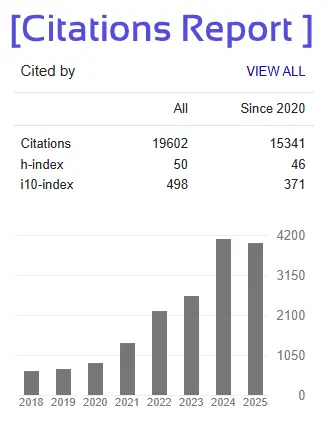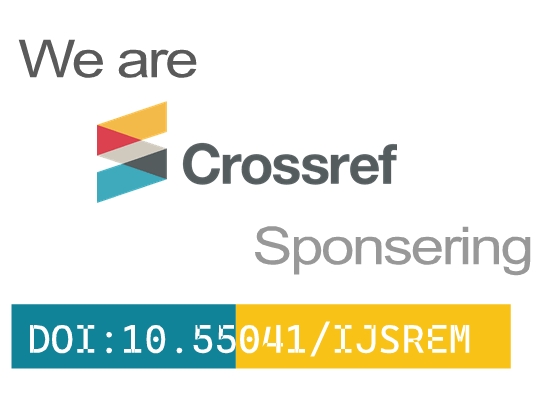Identification of Spammers and Fake Users in Social Networks Authors
1 Abhishek J M,2 Dr. Shankaragowda B B
1Student, 4th Semester MCA,Department of MCA, BIET, Davanagere, India
2Associate Professor,HOD, Department of MCA, BIET, Davanagere, India
ABSTRACT
With the increasing use of social networks in everyday life, the integrity and credibility of virtual communications require develop extra important than ever. Community broadcasting stages similar Facebook, Twitter, Instagram, and LinkedIn serve as essential communication tools, allowing people to share information, ideas, and experiences. Nevertheless, these networks are likewise susceptible to misuse by spammers and fake users who spread malicious content, fake news, advertisements, and unwanted communications. The presence of such users degrades the overall quality of user engagement and trust in these networks, thereby harming the quality of online interactions and information sharing.The identification of spammers and fake users has thus emerged as a critical challenge for social media platforms. To combat this issue, The utilization of machine learning methods has demonstrated significant potential in detecting such users based on their behavior patterns, user activities, and account metadata. The aim of this project is to design a system for the identification of spammers and fake users in online social platforms through machine learning techniques algorithms, including Ensemble-based Random Forest model and the Logistic Regression algorithm, Decision-Tree Classifier, and K Neighbors Classifier This system leverages various features such as user activity patterns, account age, frequency of posts, and engagement metrics to classify users into legitimate or suspicious categories. The algorithms are trained using a dataset consisting of both real users and fake accounts, with labels indicating whether an account is legitimate or a spammer. Through the comparison of multiple By utilizing various machine learning models, the system is designed to deliver high accuracy and resilience in identifying fake users under a wide range of conditions. The findings from this project highlight the strong potential and efficacy of machine learning approaches in detecting spam accounts and fraudulent behavior across social platforms in spam and fake user detection, offering potential solutions for enhancing the trustworthiness and safety of social media platforms. By using Python, Jupyter Notebook, and Flask, this project also provides an a seamlessly deployable framework that can be incorporated into established social media environments communities to filter out spam and fake accounts.
Keywords:. the Random Forest ensemble method and the Logistic Regression algorithm Decision-Tree Classifier, and K Neighbors Classifier







